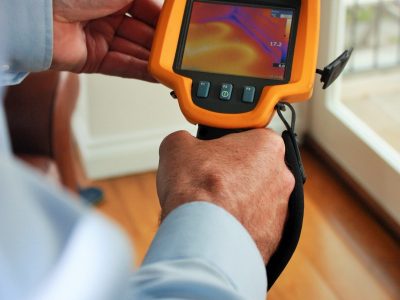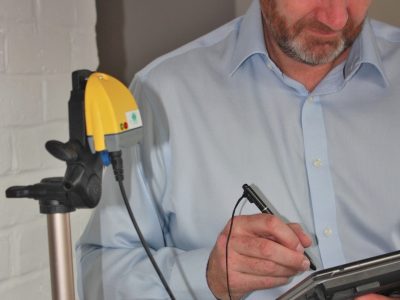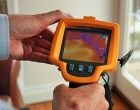
ENERGY AUDITS FOR ISO 50001 AND ISO 14001
Energy use often forms a significant environmental impact with your ISO 14001 Environmental Management System. Where this is the case we can help.
Our energy audits and reports follow the ISO50002 procedure to give you the best value, allowing your organisations both to identify waste and reduce running costs. In addition, to being a credible document to be used in conjunction with your ISO14001 system, it can also be used for ESOS compliance (Energy Saving Obligations Scheme – next compliance deadline 2019).
How do we start?

The first stage is to identify the level of energy use and spot trends. To do this, we use a number of established energy efficiency procedures to review previous consumption, including:
With an ISO50001 Energy Management system in place, your organization has automatically complied with ESOS, and therefore there will be no need for your next ESOS assessment – due to be carried out by 2019.
-
Benchmarking
by benchmarking an organisation's energy use against that of a typical office of the same type and location the potential for improvement can be gauged. -
Consumption profiling
should detailed energy bills be available, then periods of high energy use can be identified. -
Degree days
by comparing the energy use to the outside temperature over the previous year we can identify times when the heating system uses energy unnecessarily
What's next?
We carry out an energy survey to assess settings and controls for the buildings services and identify how the building is used. We inspect:
- Building fabric such as external walls and glazing
- Heating System
- Ventilation
- Distribution losses
- Hot water system
- Potential for free cooling/natural ventilation
- Control system
- Lighting system
- Equipment use
How does this all benefit ISO14001?
- Reduction in non-conformities
- Identifying where energy is an environmental aspect and impact
- Uses real energy data to satisfy measurement and monitoring
- Leads to meaningful objectives
- Establishes an energy baseline as a starting point












